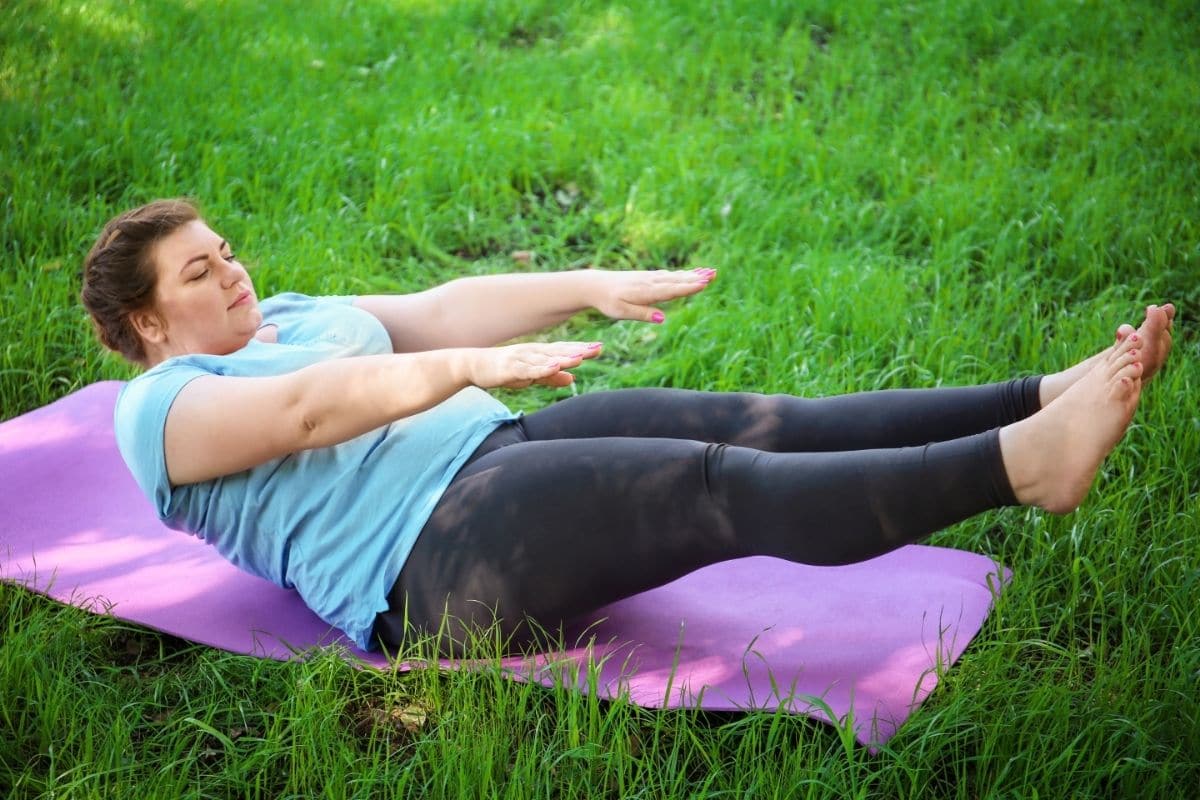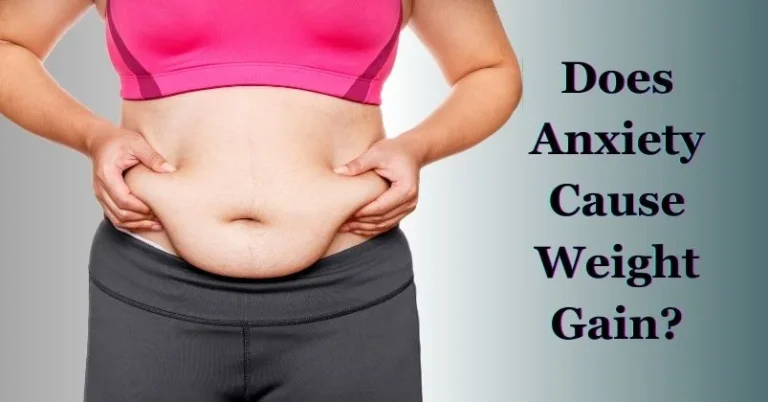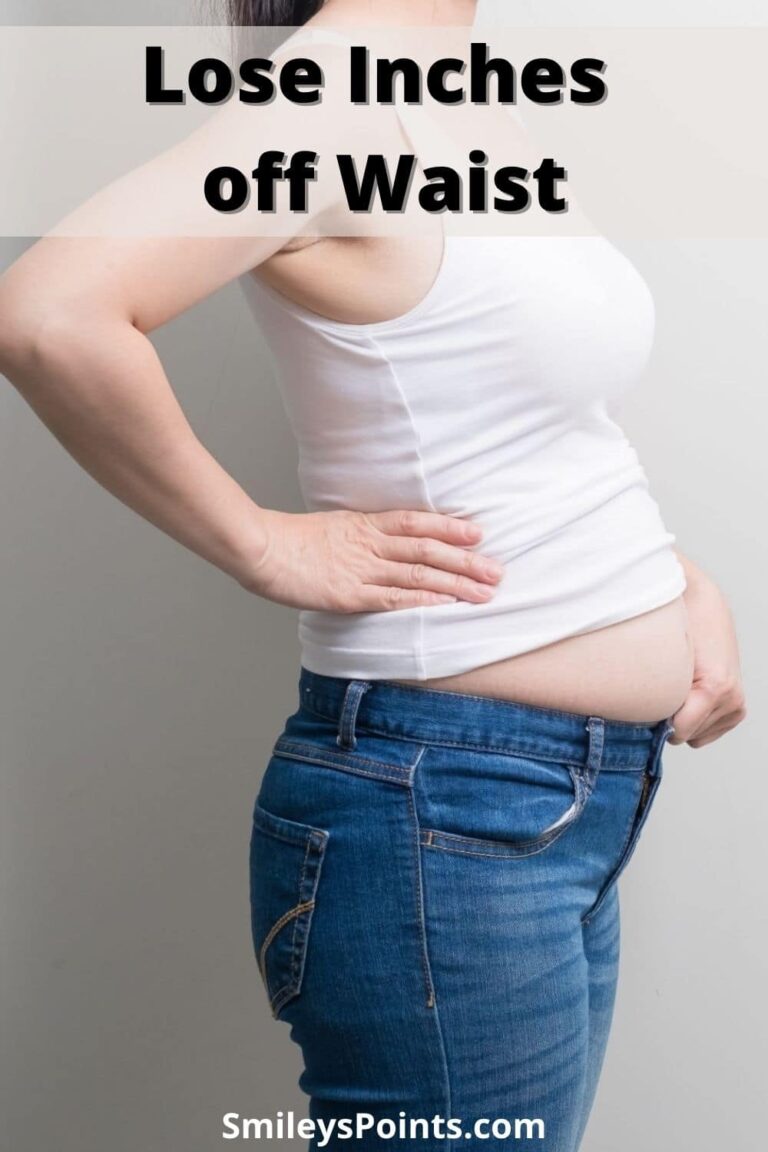8 Things I’ve Learned from Doing Plus Size Pilates

Whether you are starting a new workout routine and want something easy to do, or you’re trying to incorporate something different into your regular workout, Pilates is a great way to start. Pilates is a very versatile form of exercise. It can be done in a gym or at home with virtual classes. There is so much you can learn many things from doing plus-size Pilates.
What is Pilates?
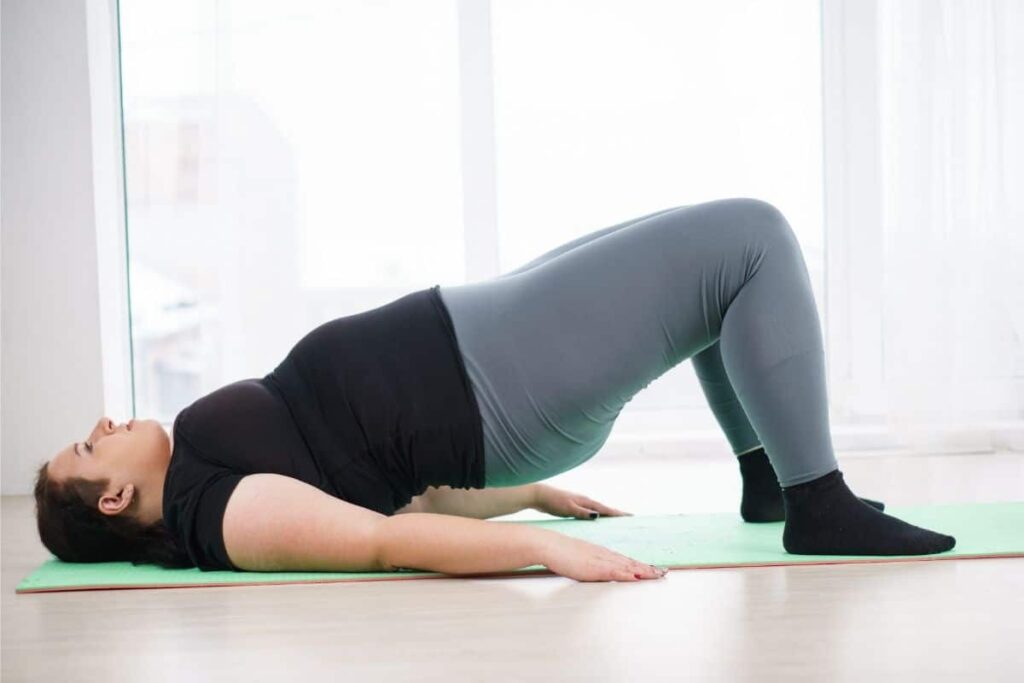
Pilates is a low-impact exercise that strengthens muscles and improves flexibility and postural alignment. A typical workout is 45 minutes to an hour long, and you can do it with or without equipment. It involves precise, slow movements accompanied by breath control.
Pilates targets the core, although it works out other areas, too. Keep in mind that the core doesn’t only refer to abdominal muscles.
The core in Pilates refers to the inner and outer thighs, the hips, and the back. It also works the glutes, lower legs, and arms for a whole-body workout. Pilates benefits those who are plus size in many ways, some of which involve exercise while others involve overall health.
Eight Things I’ve Learned from Plus Size Pilates
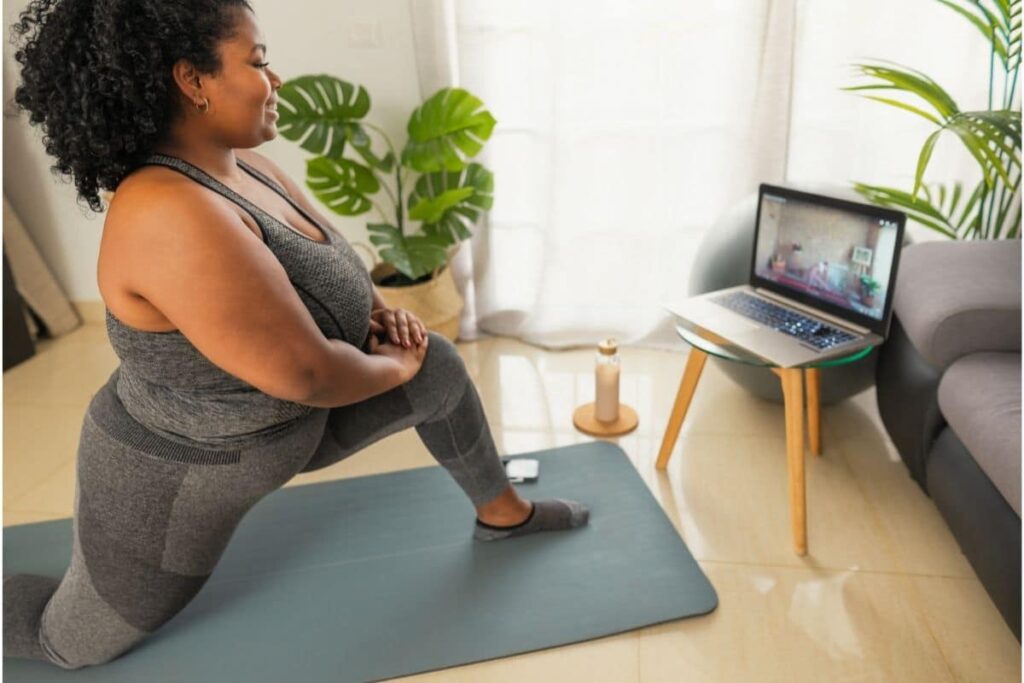
Despite being low impact, Pilates has many benefits for the body. Depending on your size, you may find some exercises difficult to do. In this case, you can modify them to suit your body type. Be sure to stick with the exercises because you will notice a difference if you do.
1. Pilates is a full-body exercise. It helps you do exercises better, and it stabilizes and strengthens the core, improving your foundation and allowing you to move more efficiently. You will be less susceptible to back injuries and improve your mobility, flexibility, and posture.
2. It helps with functional movement. Pilates helps with balance, mobility, and stability and helps you move better while doing everyday tasks.
A study conducted in 2018 discovered people who did Pilates for an hour three times a week for two months improved scores on the functional movement screenings. Their scores were significantly better than those who did yoga or who refrained from exercise.
3. There are muscle benefits. The Journal of Strength & Conditioning Research published a study concluding that those who did one hour of Pilates twice weekly over three months experienced increases in hamstring flexibility, abdominal endurance, and upper-body muscular endurance.
They theorized that the scapular stabilization done with each movement combined with core strength and endurance improved upper body strength.
4. Pilates has beneficial effects on mental health. Like most forms of exercise, Pilates also has mental health benefits. A meta-analysis conducted in 2018 found fatigue, anxiety, and depression were lowered while energy increased.
Pilates is a mind-body connection. For most people, it is a great way to strengthen their mental and physical endurance. However, Pilates should not be considered a treatment for mental health issues.
If you are experiencing mental health issues, it is important to contact your physician for an assessment.
5. Pilates tones the body but doesn’t replace cardio. While it may appear that you have lost weight (and perhaps you have), Pilates tones the body. The Pilates Effect refers to the effect of having lost weight but all you have done is tone your muscles. You may appear more fit, even if you are not experiencing weight loss.
If your overall goal is weight loss, Pilates is a great way to help you in your journey. To lose a single pound, you need to consume fewer calories than you burn.
To lose weight, you may want to do any cardio exercise along with doing Pilates for the overall health benefits. The amount you burn while doing Pilates depends on your weight, what type of class you are doing, and the level of difficulty.
For example, if you weigh 150 pounds, a 50-minute beginner mat class will burn 175 calories, whereas an advanced class burns 254 calories. To burn more calories, take a Pilates reformer class or any workout that safely elevates the heart.
6. Pilates helps with recovery from back pain. Since Pilates focuses on strengthening the core, combining it with back strengthening exercises can help prevent back injuries. Sometimes, back injuries result from core muscles that aren’t as strong as they should be or from carrying too much weight.
Having too much extra weight means that our back compensates for the weight distribution, leading to injury. Often it goes into a swayback position, placing pressure on surrounding ligaments, nerves, and tissue.
Pilates helps strengthen the core muscles that support the back, leading to improvements in overall health.
7. Pilates can be modified to your current fitness level. As previously mentioned, you can modify Pilates for a plus-sized person. While you can modify most exercises to some degree, Pilates and yoga are some of the most adaptable.
Some plus-size people have difficulty getting up and off a mat. You can do Pilates in an elevated area, making it easier to get up for the different exercises. You can modify them in many other ways as well.
Pilates exercises are low impact, so there is less stress on the joints. They are also easier to do than other higher-intensity workouts that some people may find too challenging at their current fitness level. Pilates is a great place for plus-size people to start their health improvement journey.
8. Guard against injury. While this exercise will strengthen joints, there still is a risk of injury. Since balancing is key, people are prone to falling. Additionally, heavier people may fall because of additional body weight, making maintaining balance more challenging. Choose exercises that match your skill level to minimize risk.
Plus-size Pilates offers many benefits, ranging from improving balance and strength to helping mental health. You can modify it to suit your current health condition, and it is less stressful on the joints, making it a perfect accompaniment to a regular cardio routine. While you shouldn’t do only Pilates to get in shape, it will help you with your overall objectives.
If you are looking to incorporate a Pilates program but don’t know where to start, consider programs like Noom and Healthi to help you in your journey.

